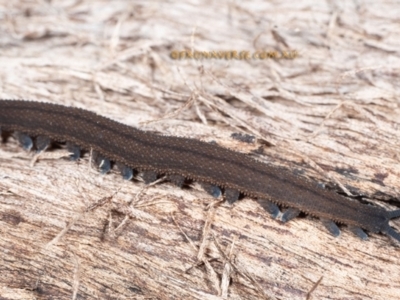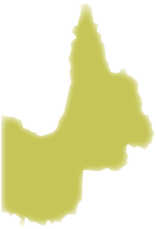Top species richness
Announcements
Hi everyone,We're very pleased to welcome Katarina Christenson to our team as NatureMapr Test Lead.Katarina has been giving Lewis and our group of volunteer mobile app testers a huge hand with testing...
Continue reading
NatureMapr feed to DCCEEW Biodiversity Data Repository now live
NatureMapr Data Management and Privacy Policy update
Discussion
Sporobolus sp.
PHOTOGRAPHY OF SMAL MAMMALS FOR IDENTIFICATION
Most photos of small terrestrial mammals submitted to Canberra Nature Map for identification that were photographed in the Canberra suburban area are of a Black Rat (Rattus rattus). The next most likely species is the House Mouse (Mus musculus). Outside the city, at present, photos of Black Rats outnumber all other small mammal photos combined. However you may have found something different. Here are some tips for what to include in your photos to increase the potential for correct identification:
An image that is sharp, not blurry;
A scale;
A view of the whole animal (preferably stretched out if it is a carcass);
Views of every surface - (not always possible but ideally this includes a profile of the head, good views of the ears, the belly, the pads on the hind feet, and a good view of the fur and skin on the tail from below and above);
Views of the teeth; and
A count of the number of teats.
Also:
ANTI-COAGULANT POISONING
Most rats seen about in daytime are moribund due to baiting with anti-coagulant toxins such as Brodifacoum. As such they are attractive to birds such as owls and raptors, which are very sensitive to 2nd generation anti-coagulants such as Brodifacoum. 1st gen products such as Warfarin are less dangerous. Such rats should be picked up with a towel, then humanely killed. All carcasses should be disposed of where animals cannot get them. A better approach is to rodent-proof items such as compost containers and hen houses and to use traps rather than baits. New age 'deterrents' such as Ultra-sonic or perfumed devices do not work.
Rattus rattus
Hypericum perforatum
Significant sightings
- Fletchamia sp. at Walpole-Nornalup National Park
- Fletchamia quinquelineata at Coolatai, NSW
- Onychophora sp. (phylum) at Coolatai, NSW
- Eucalyptus bridgesiana at Kowen, ACT
- Oxypetalum coeruleum at Oakey Hill
- Eucalyptus fastigata at Namadgi National Park
- Eucalyptus globulus subsp. bicostata at Kingston, ACT
- Percassa rugifrons at Kosciuszko National Park
- Pomaderris pallida at Bullen Range
- Veronica grosseserrata at Lower Cotter Catchment
Latest identifications
Rentinus dilatatus at Mount Painter
Austrelaps ramsayi at Namadgi National Park
Pseudechis porphyriacus at Namadgi National Park
Cermatulus nasalis at Braemar, NSW
Rentinus dilatatus at Mount Painter
Top contributors
- AlisonMilton 12.4K
- trevorpreston 12.2K
- michaelb 10.2K
- Tapirlord 9.5K
- RodDeb 9.2K
- Mike 8.3K
- KylieWaldon 6.2K
- kasiaaus 6.1K
- jb2602 6K
- MatthewFrawley 5.5K
Top moderators
- MichaelMulvaney 42.6K
- Tapirlord 22.1K
- natureguy 15.1K
- donhe 12.6K
- Liam.m 11.7K
- michaelb 11.6K
- ibaird 10.7K
- KimPullen 7.9K
- MatthewFrawley 5.8K
- AlisonMilton 5.3K
Explore Australia by region
Australian Capital Territory
Canberra & Southern TablelandsNew South Wales
Albury, WodongaCanberra & Southern Tablelands
Central West NSW
Far West New South Wales
Greater Sydney
Hunter Region
New England
New South Wales North Coast
Riverina Murray
South Coast
Southern Highlands
Northern Territory
Central and BarkleyTop End and Big Rivers






























![Unidentified Cap on a stem; gills below cap [mushrooms or mushroom-like] at suppressed by MatthewFrawley Unidentified Cap on a stem; gills below cap [mushrooms or mushroom-like] at suppressed by MatthewFrawley](https://api.naturemapr.org/api/sightings/4570904/images/1?width=300&height=300)




































![Unidentified Pored or somewhat maze-like on underside [bracket polypores] at suppressed by clarehoneydove Unidentified Pored or somewhat maze-like on underside [bracket polypores] at suppressed by clarehoneydove](https://api.naturemapr.org/api/sightings/4570865/images/1?width=300&height=300)





























































































































